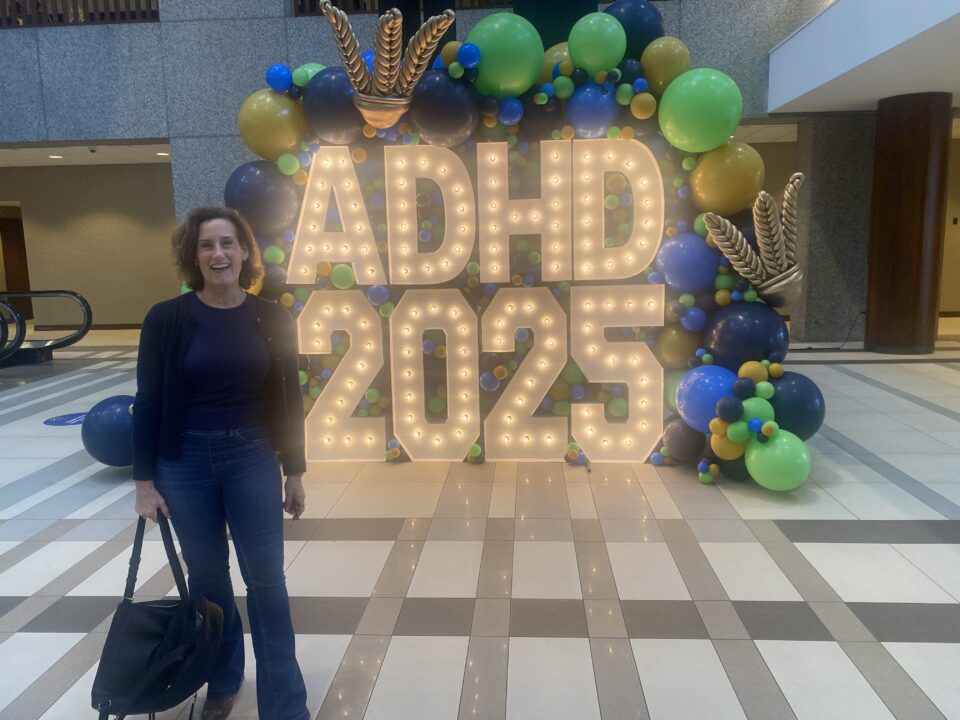
“Is There Anybody Out There?”
February 4, 2025
Listening: How Love Grows
February 18, 2025Assistive Technology -- It's Not A Crutch!
By Carol S. Siege, PCC
Founder, Family Pathways Coaching, LLC
When my son was just four years old, he was diagnosed with Asperger’s Syndrome, which was later revised to Autism when the American Psychiatric Association removed it from their list of mental disorders in 2013. We worked with a therapist and a psychiatrist to begin addressing some of his challenging behaviors, and not long after, they recommended medicine to help stabilize his mood and reduce his impulsivity. At first his dad and I were worried about using medication – what would it mean for our son? Would we be giving up on teaching him to keep his hands to himself? Were we abdicating our responsibility for preparing our son to engage with the world around him?
Our therapist at the time likened administering pharmaceuticals to treating a diabetic child. We wouldn’t deprive that child of insulin because his body was unable to produce it on its own. Nor would we deny glasses to our son if his eyesight was blurry.
These examples are adaptive solutions to problems our children face. Adaptive technology in the classroom and at home offer help in myriad situations, and contrary to some assumptions, they are not a crutch. Not only do they not get in the way of our children progressing, but they actually can also lead to success and growth where our kids would otherwise be hampered by circumstances beyond their control.
Not sure what fits under the heading of Adaptive Technology? Literally any devise or software that helps a person learn or go about their daily lives. Wheelchairs, braille, and hearing aids are of course so common and necessary no one would ever question their benefits for people who can’t walk, see or hear. But what about offering audiobooks and speech-to-text programs in the classroom? The truth is, there should be no difference.
Consider the dyslexic student who struggles to accurately and fluently read, write and spell. Assistive technology software can include speech-to-text, smartpens, and note-taking apps, just to name a few. Students can follow along with audiobooks so their reading becomes more fluent and their comprehension is not stymied by misreading words.
According to Dr. Joanne Marttila Pierson, founding partner of the Literacy, Language, and Learning Institute, by the fourth grade students are primarily learning through reading. If their dyslexia significantly slows their reading skills, they will be unable to keep up with the class; they may have the ability to understand the material, but if they can't get the reading done, they will miss out on the information.

Likewise, among students diagnosed with dyscalculia, “it’s common … to have an above-average score on IQ tests,” according to the Cleveland Clinic. It’s not that students with dyscalculia -- about 6% of U.S. learning disabled students according to a 2024 research study by the NIH – are incapable of learning math; they instead may need accommodations and tools so they can develop the skills they need to grasp math concepts. Using a calculator, for example, allows the student to access the math curriculum – it spares them from getting caught up on arithmetic operations so they can instead focus on larger math concepts. Using a calculator doesn’t mean the student should ignore understanding basic math skills like numbers and quantities but rather allows them to move forward in the classroom while they continue to “connect (numeracy) to the foundational math concepts,” according to Laura M. Jackson of Discovering Dyscalculia.
Assistive Technology options in the classroom and at home, as well as the research necessary for its continued development, continue to grow and improve. Use in the classroom can offer students affected by learning disabilities the tools they need to work to their potential, overcome challenges that impede their progress, and in some cases allow them to access curriculum. As aptly noted by Drs. Joseph P. Akpan and Lawrence A. Beard in their 2013 Universal Journal of Educational Research paper, “To students with special needs, AT is a means of empowerment, hope and encouragement.”




